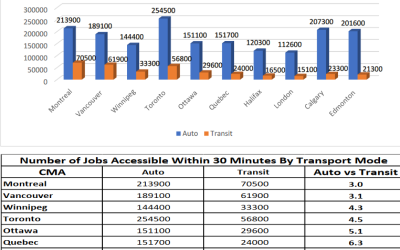British Columbia’s quandary: To keep Columbia Power, or add 15,000 teachers, nurses, or paramedics?
There are two generally accepted methods for valuing a company: its intrinsic value as a cash-generating enterprise, and its standard market value in comparison with similar companies. This study used both methods to value Columbia Power Corporation (CPC).
Using an intrinsic value method, and discounting to the present, BC Hydro’s interest in CPC’s projected future free cash flows, under a set of four increasingly more generous scenarios, the corporation’s value could range from a median of $879 million to a mean of $1,084 million, and range between a median of $1,655 million and a mean of $2,041 million if the company was to become debt free prior to sale. This is the fully-taxed value estimate, because once BC Hydro’s interest in CPC is sold to non-government investors, the company will become taxable.
Under the market-based valuation system, the constrained, current, fully-taxed value ranges from $530 million to $1,991 million, with a median value of $801 million; but, if the company is rendered free of debt, the range could be between $474 million and $1,781 million, with a median value of $904 million. The upper limits would be possible if a buyer thinks the company can and will continue its growth trajectory and maintain its low operating cost and its prudent investment strategy. It should be noted that the comparison companies are lower-valued than CPC might be, since the former have less consistent performance, and lower profitability.
To find out how the sale of the Columbia Power Unit could benefit BC residents, read this interesting valuation and public choice document here: FC204_BCHydro_OC1217_F1



